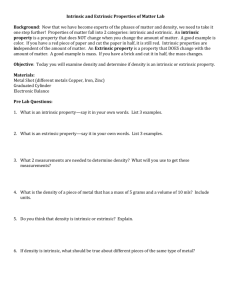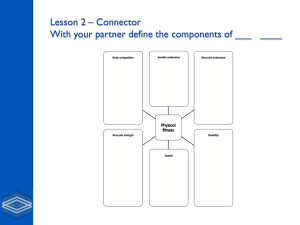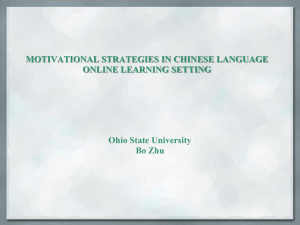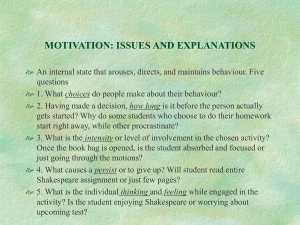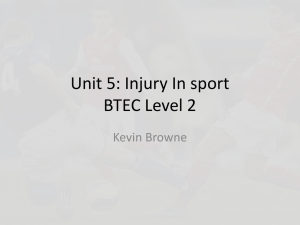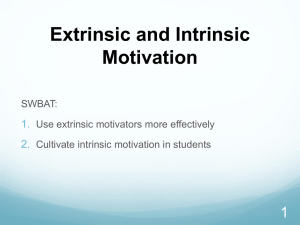Sporting injuries intrinsic extrinsic and preventative measures
advertisement
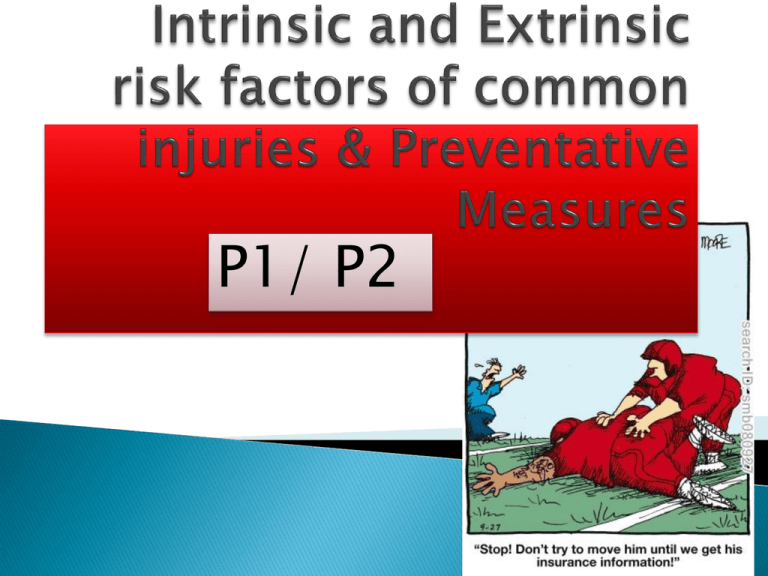
P1/ P2 - Taking part in sport can result in injury to any part of the body. In which the causes can be divided into 2 categories: INTRINSIC- Physical aspect of the athletes body that can cause injury EXTRINSIC- Risk factor external to the body, that causes injury Task 1… Extrinsic Factors: Extrinsic risk factors can be categorised into 4: - Coaching Incorrect Technique Environmental Factors Safety Hazards In Buzz groups of 4, each research one of the above headings of external risk factors. This should take around 15 minutes, you should then come together in your group of 4 and share your findings with the others. Open the document in the OULFC ‘Extrinsic risk factors’ in order to help you. Task 2… on the same document Intrinsic Factors: In the previous task we looked into the external factors that can increase the risk of players injuring themselves, however, there are also internal or intrinsic factors that can also increase the probability of experiencing an injury. To research this and familiarise yourself with it, open the worksheet Intrinsic Factors’ in the OULFC ‘ and complete the table on the Intrinsic Risk Factors, using the internet & text books to help you. NB: For Extrinsic factors, use the 4 spider diagram sheets from class. For Intrinsic factors download the ‘fill the gap’ worksheet on the OULFC. describe extrinsic and intrinsic risk factors as listed: Intrinsic Factors: Training effects: muscle imbalance, poor preparation, level of fitness, overuse Individual variables: age, fitness level, growth development, previous injury history, flexibility, nutrition, sleep Postural defects: lordosis, kyphosis, scoliosis, overuse Extrinsic Risk Factors: Coaching: -Poor coaching/leadership - Communication - ensuring adherence to rules - Qualified and appropriate activities Incorrect technique: - lifting and handling equipment (bad habits) Environment: - weather effects on surfaces - clothing and footwear, eg protective, sport-specific, specific to surface Safety hazards: - the importance of safety checks - environment safety checks - equipment safety checks - misuse of equipment - first-aid provision - safety checklists - risk assessments Tip: Think back to the group work on Extrinsic Risk Factors… There are 3 Key Areas to think about here: -Coaching -Environment -Equipment Communication Up to date knowledge of the sport and their athletes. Ability/ Age/ Fitness level Fully qualified for the Level of performance/Athletes Playing surface Weather Conditions Risk assessment/ Hazard awareness Correct equipment Maintenance of equipment Safe use of equipment/ Following guidelines Size of equipment- linked to age group Describe sports injury prevention methods as identified … depth The of information given in P2 would indicate whether or not sufficient coverage to meet learners had Role of the coach: - up-to-date knowledge of sport/performer - qualifications - adapt coaching style to performers ability/age/fitness level - communication Equipment and Environment: - checking equipment risk assessments protective equipment appropriate usage grading criterion M1, which requires explanation of how risk factors can be minimised by adopting preventative measures. (The content would need to explain the relationship rather than purely describe the issues related to criteria P1 and P2) Role of the coach/ Coaching: Within any sport, such as rugby there are constant rule adaptations and changes as you know (temporary rule introductions/adaptations used for 1 season trials etc). An example of a new rule change within rugby was that of the ‘Scrum engagement’ sequence used by referee’s. Due to the sport being contact in nature the RFU changed the sequence from ‘Crouch, Touch, Pause, Engage’ to ‘Crouch, Touch, Set’. This was to reduce potential discrepancies when waiting to engage, from presumption and not being ready, which can cause serious injury (such as broken necks- Matt Hampson) As a coach there are ‘Scrum factory’ CPD (career professional development) sessions that I can go to, in order to communicate the new rule changes within the team I am responsible for. This not only furthers/ improves my knowledge of the scrum, but also impacts upon how the new rule changes can influence safety aspects and be used to improve future performance. Obviously the scrum is a complex tool within rugby and is modified for the different age groups within the game (touch rugby, sevens etc). Which means by using appropriate courses to gain qualifications in coaching rugby, I can adapt my delivery to suit the age and ability of the team I am associated with.




